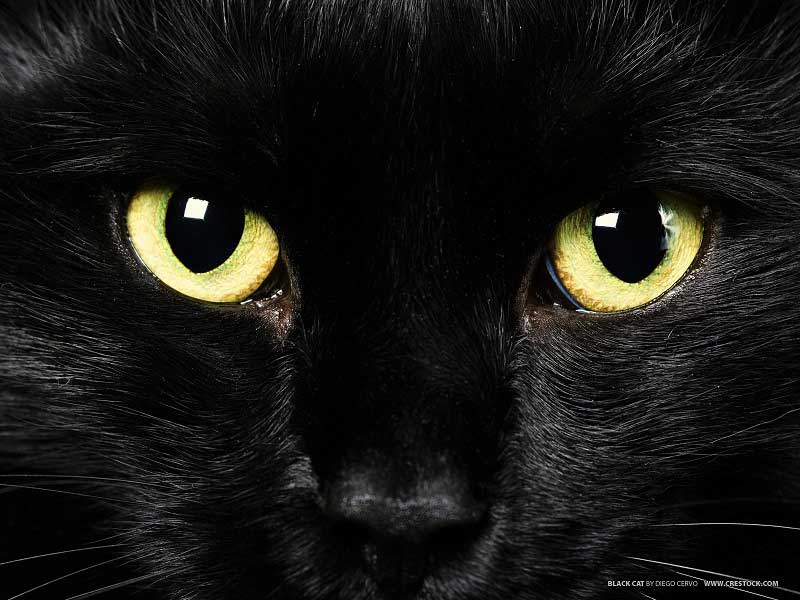RiskVA
The Silence of the Night 15 Jun 2011
As the sun sets in East Texas, activity in the forest picks up. Animals that have been sleeping during the daylight hours awaken and begin their nocturnal activities. Coyotes, bobcats, flying squirrels and raccoons, nighthawks and owls, to name just a few, leave their daytime dens and perches and begin the search for food. In darkness that would cause us to blunder into trees and brush, these animals move unerringly in their quest for a meal. How do they do that?
Nocturnal animals’ eyes are specially constructed to allow them to see under reduced light conditions. First, the iris in their eyes opens much wider than ours, permitting more light to reach the light sensitive cells of the retina. Second, their eyes have more dim light receptors than humans do, and third, they have a reflective, light-intensifying layer at the back of their eyes called a tapetum (ta-peet-um). Have you ever shined a flashlight into the woods at night and been shocked to see gleaming eyes looking back? Or, have you looked at a dog’s eyes and noticed how they shine? That’s the light reflecting off their tapetum. Other animals’ eyes show colors that may be yellow, gold, orange, red, or green.
How You Can See Better at Night
Even though human eyes don’t have a light-concentrating tapetum, there is a way you can improve your ability to see at night. Try this experiment. In a darkened room or outside after dark, find something small to look at. The tip of a tree branch or an object on the dresser will do. Look directly at the target and notice how hard it is to see it. Then shift your gaze very slightly to one side and notice how the object seems to jump into clearer focus. This technique, called averted vision, can help you see features of the landscape, nocturnal animals, and even dim stars more clearly at night.
Another thing that will help you see in the dark is to allow your eyes time to “adjust” or become adapted to the darkness. We all know that when we go from a brightly lit area into a dark room or outdoors at night, we’re virtually blind for a time, but in a little while, our night vision improves and we see much better.
How Do Averted Vision and Dark Adaptation Work?
Special cells in the retina of the eye called cones and rods are responsible for our ability to see. The cones are centered in our visual field, work best in daylight, and allow us to see color, but they don’t work well under reduced light conditions. In dim light our color vision fails and we see only shades of gray, black, and white. Rod cells are responsible for dim light vision, but these cells are mostly at the edges of our visual field, and our eyes are built to automatically center the image and focus on the cone cells, not the rods. In order to see things clearly under dim light conditions, we need to look slightly to one side to shift the image to the rods.
Dark adaptation occurs because of a chemical change in the rod cells of our eyes. In bright light, a pigment in them called visual purple is bleached out. In the dark, visual purple slowly redevelops, making our eyes more light sensitive. As this takes place, our ability to see in the dark gradually improves, reaching its maximum in from twenty to forty minutes.
So, if you want to see more like a cat at night, remember to look off center and give your eyes time to adjust. If you need to read a map at night use a flashlight with a red lens. White light bleaches out the visual purple and causes temporary night blindness, so dark adaptation has to start all over again. Red light will not destroy your night vision.
You don’t have to be afraid in the dark, night woods. The animals there are doing everything they can to avoid you. Count yourself lucky if you happen to see a coyote or bobcat or hear a hooting owl. The night is a fascinating time in the fields and forests. It’s cooler then, and generally quieter. The stars stand out brilliantly, if you are lucky enough to live where there isn’t a lot of light pollution. But, if it’s too bright where you are, take a drive out into the countryside and renew your acquaintance with the stars and constellations. We need to take more time to look around and feel the tranquility of darkness and the “silence of the night.” Bushmen of the Kalahari say they can hear the stars. Can you?
Dr. Risk is a professor emeritus in the College of Forestry and Agriculture at Stephen F. Austin State University in Nacogdoches, Texas. Content © Paul H. Risk, Ph.D. All rights reserved, except where otherwise noted. Click paulrisk2@gmail.com to send questions, comments, or request permission for use.

